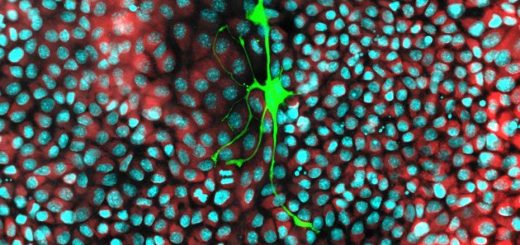Peculiar galaxy seems to contain surprisingly pristine stars
Stars uncontaminated by heavier elements are thought to have formed very early in the universe, but a galaxy much later in cosmic history might let us see them for the first time
By Alex Wilkins
25 July 2025
Abell 2744, the galaxy cluster where AMORE6 was spotted
NASA, ESA, Jennifer Lotz, Matt Mountain, Anton M. Koekemoer, HFF Team (STScI)
A galaxy marooned in an empty region of the universe appears to be unexpectedly full of primordial stars. This could give astronomers their first glimpse of a kind of stellar object thought to have formed shortly after the universe’s first moments and which has never been directly observed.
Despite being able to peer back to near the beginning of the universe with the James Webb Space Telescope (JWST), astronomers have struggled to definitively find evidence of the first stars. Known as population III stars, these are giant balls of mostly hydrogen that would have formed in the early universe. Being the first stars, they would have almost none of the heavier elements that are produced when stars die and explode.
Read more
Why the big bang may not have been the beginning of the universe
While there have been hints of this kind of star, it has been difficult to find conclusive evidence of them in the early universe, as galaxies appear to be contaminated with heavier elements relatively soon after the big bang, in just a few hundred million years.
Now, Takahiro Morishita at the California Institute of Technology and his colleagues have found a galaxy made up almost entirely of hydrogen, a sign of population III stars. But the galaxy exists much later than expected for one containing such stars, around a billion years after the beginning of the universe.
Called AMORE6, it was originally spotted in a galaxy cluster known as Abell2744. Morishita and his team then measured the light coming from AMORE6 with JWST and found that a common oxygen ion was entirely absent. This means that the galaxy can have no more than 0.2 per cent of the oxygen found in our own sun, implying it is particularly uncontaminated by heavier elements.


